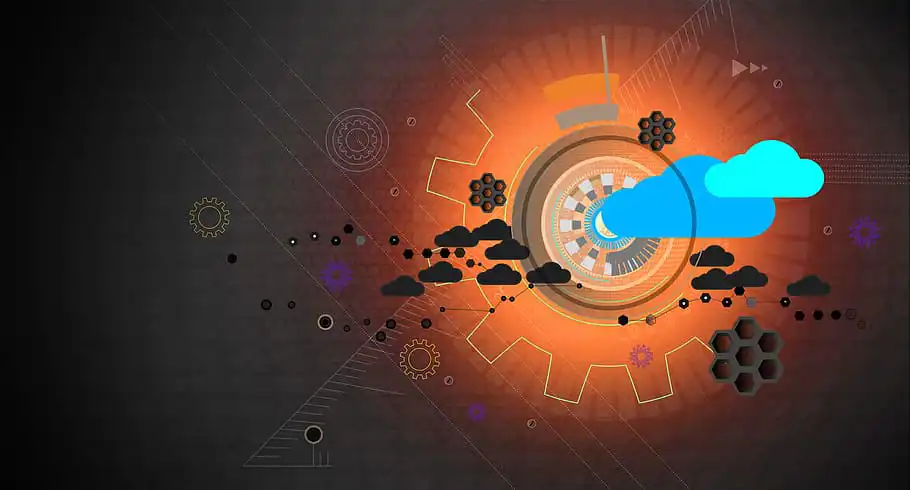The influence, use and development of social media has grown so rapid it's now central in critical processes like disaster management. Notably, on Twitter, where vital real-time information is disseminated during incidents of natural disasters. And in Japan, a country notably prone to such calamities, Twitter has been an ecosystem for real-time information for disaster-affected areas.
Twitter’s effectiveness stems from its offering of real-time updates, communicating timely and essential information to its vast user base. Particularly, the Japanese Disaster Prevention account (@DisasterEvent) has found this platform invaluable. This tool has been instrumental in providing much-needed updates during crises, ranging from earthquakes to tsunamis.
The Disaster Prevention account, precisely due to its critical role, tweets significantly during a crisis, sometimes up to tens of thousands of tweets in a day, to share updates, advisories and safety instructions with the public. This continuous, frequent tweeting was effective until the account encountered what is known as an API limit.

This is a significant concern because a Twitter API limit set by Twitter itself prevents any user from surpassing a certain number of tweets per day. In the case of the Disaster Prevention account, this was a hard pill to swallow given the urgency and high frequency of necessary updates during times of crisis.
The discovery of the API limit was bizarre for many. The @DisasterEvent account was popularized after the 2011 earthquake and since then, it’s been a lifeline for many during periods of extreme weather or disaster events. Its sudden inactivity made initially aroused suspicions of a potential hack or perhaps a technical issue with the account itself.
However, the limelight was soon turned on Twitter and it’s API limit. In essence, an API, which stands for Application Programming Interface, governs how often or how much an account can perform a certain action. In Twitter's case, an API rate limit exists that controls the maximum number of tweets that an account can post within a certain time.
Upon investigation, it was discovered that the Disaster Prevention account had hit this API limit. This essentially meant that the account was temporarily barred from further posts, leaving many in the dark during an already anxiety-filled period.
This begs the question of the need for such a limit. Originally, API rate limits were designed to prevent abuse from spam bots or automated actions that can degrade the user's Twitter experience. Thus, Twitter has understandably maintained this feature to safeguard its platform integrity and user experience.
However, the situation with the Disaster Prevention account highlighted a potential flaw in this strategy. For one, it underscores the lack of a system that caters to public service accounts. Important public information dissemination accounts like Disaster Prevention should be exceptions to the rule, rather than falling under the same umbrella as all other Twitter accounts.
The current API limit does not differentiate between spam tweets or urgent, critical information as with the Disaster Prevention account. This raises the question of whether Twitter, and social media platforms more generally, need to re-evaluate their policy in light of such limitations.
Twitter has since responded to this issue by reaching out to the handlers of the account. A discussion was initiated to pardon the account and release it from the penalty zone of the API limit. This was indeed a welcome response but it presented a temporary solution to a potentially long-term issue.
It is clear that a larger controversy is in the offing. The premise of the API limit dilemma poses a potential threat to other similar public-service accounts. Surely, the Disaster Prevention account is not alone in its classification and usage. More public service accounts, in Japan and globally, could potentially hit the same stumbling block in times of emergency when their posting activity would naturally surge.
A potential solution might be to create a new classification of Twitter accounts specifically for public service use, like warning users of impending disasters. These accounts could then receive an exemption or have a different API limit threshold that caters to their high-frequency usage needs.
Whatever the solution may be, it is clear that this serves as a significant learning experience. The power of social media is often taken for granted, yet we realize its extent in times of emergency or crisis. In this context, the API limit is not a periphery issue but rather a central concern.
In conclusion, while the resolution of this issue is yet unclear, the necessity for a solution for such accounts is emphatic. With the lines between technology and society blurring continuously, companies like Twitter need to keep evolving their rules and limits, accounting for exigencies like disaster management.
This event should serve as a wake-up call for all stakeholders in the social media and disaster management ecosystems. The interplay between humans, technology and disasters is intricate. The so-called API limit issue with Japan’s Disaster Prevention account is a clear illustration of how intricately entwined social media and disaster response have become.
Indeed, this is about more than just Twitter. As digitally-connected societies continue to evolve, there will inevitably be more areas in which the role of social media is crucial. As this episode shows, when those involve issues of human safety and disaster management, tackling them innovatively and responsibly is paramount.